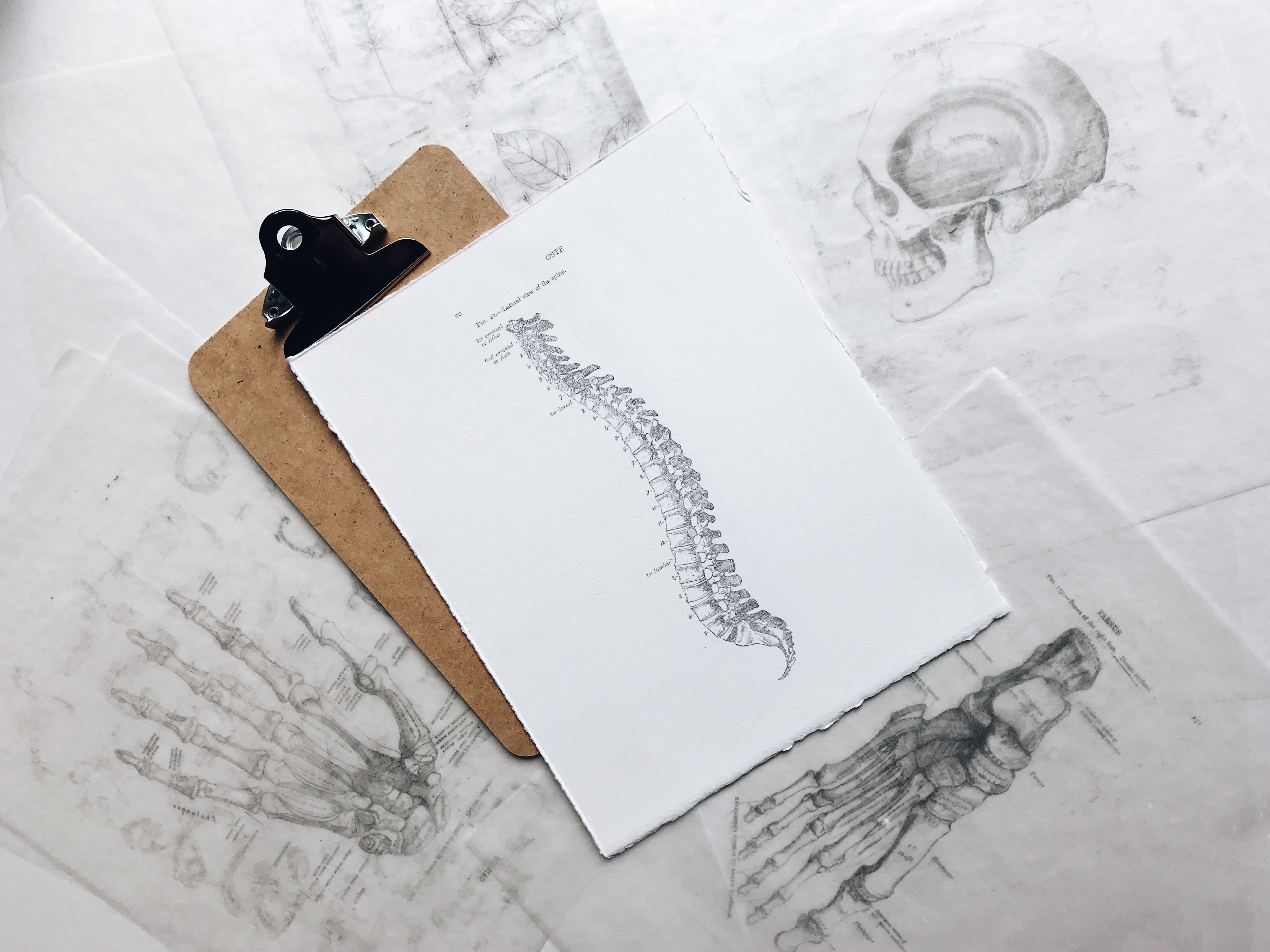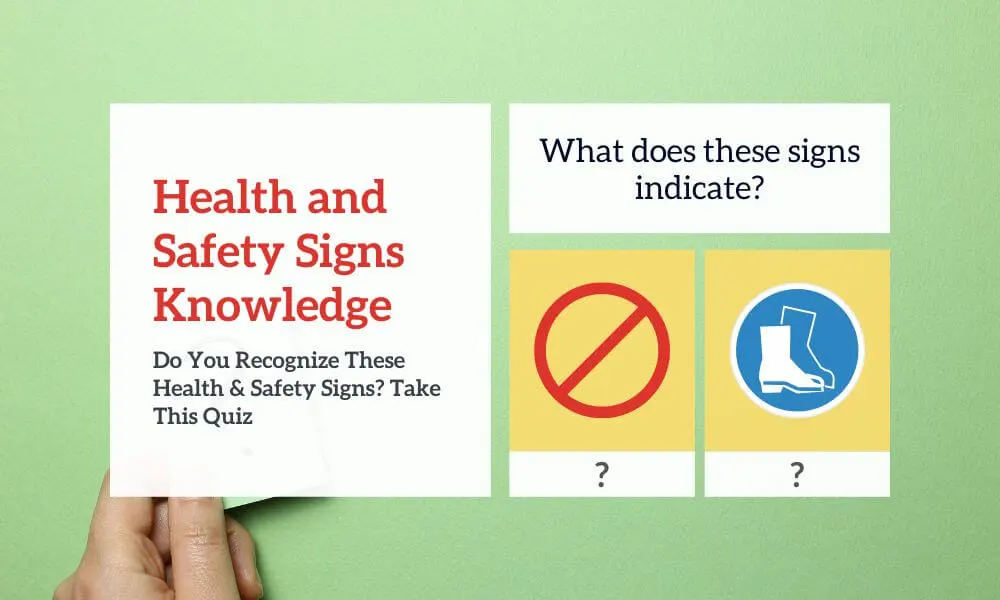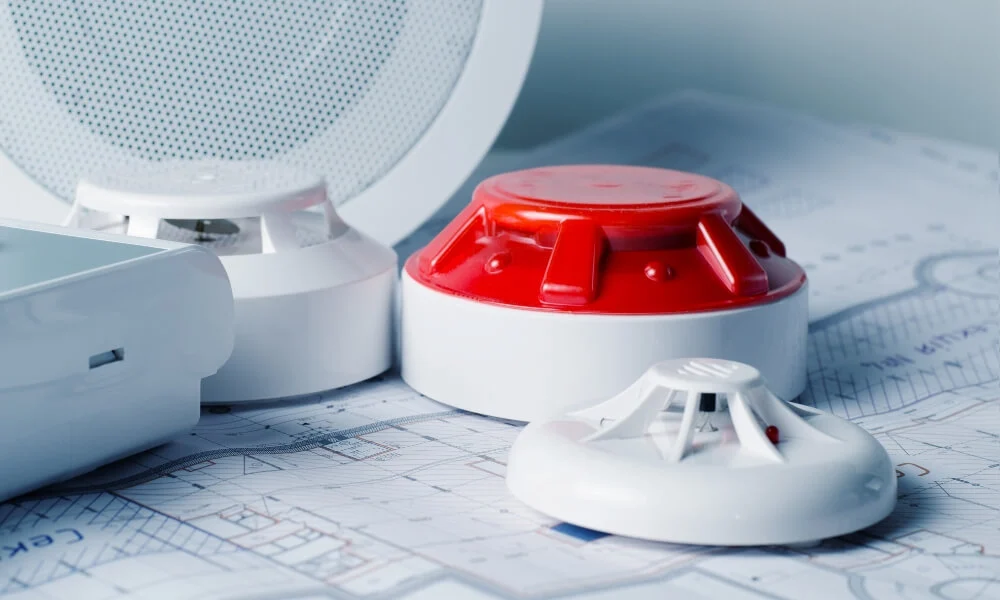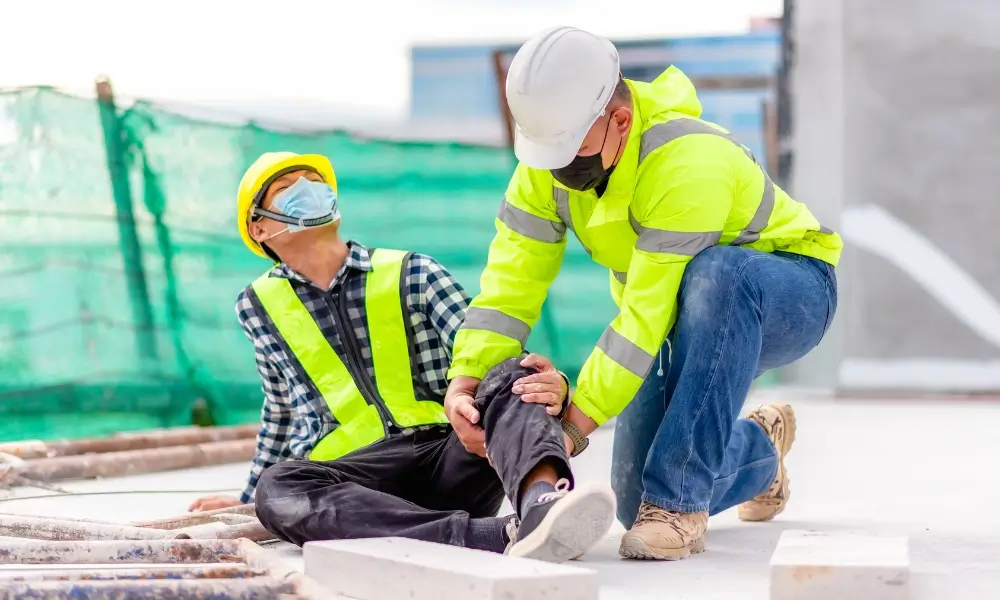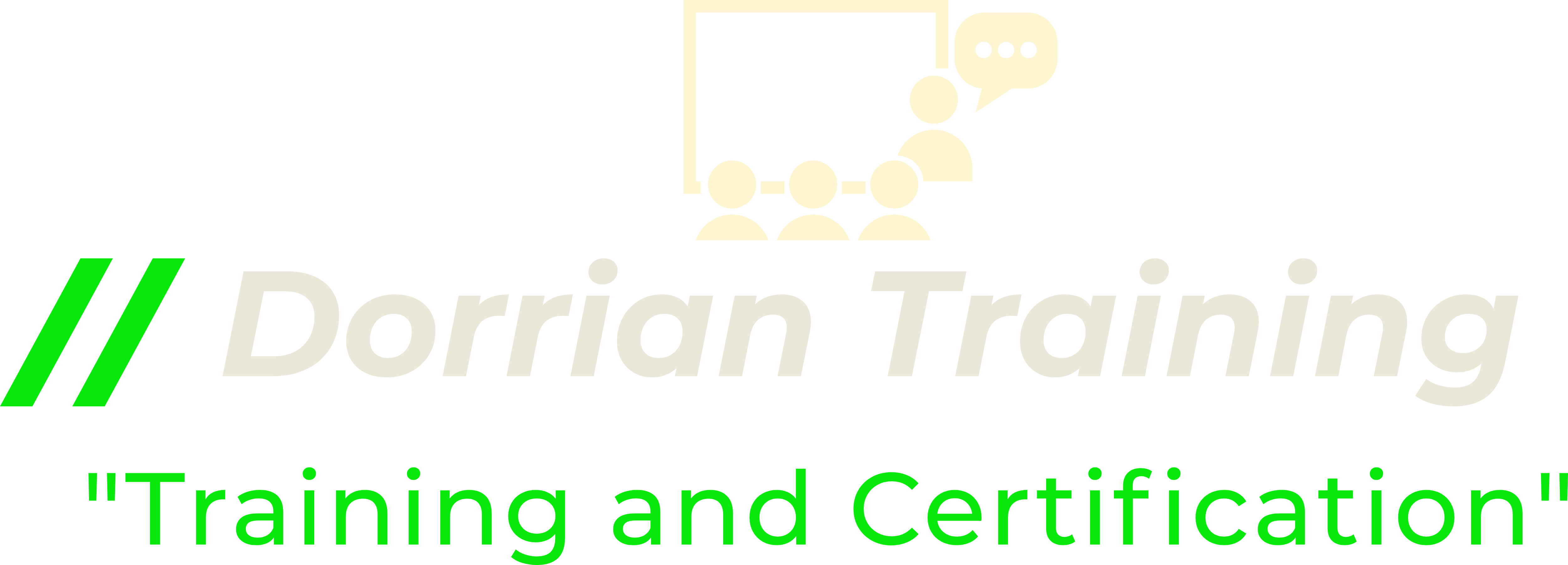Working in confined spaces presents unique and often perilous hazards that can lead to severe injuries or fatalities if not properly managed. These spaces, which are not designed for continuous occupancy, can include tanks, silos, storage bins, manholes, and pipelines. They often have limited entry and exit points, poor ventilation, and can house hazardous substances. Despite stringent regulations and safety protocols, close calls and accidents in confined spaces remain all too common. This blog aims to highlight the importance of confined space safety and provide essential tips to ensure that workers do not have to rely on sheer luck to stay safe.
Understanding Confined Space Hazards
Confined spaces pose numerous risks, including:
- Oxygen Deficiency: Confined spaces can have low levels of oxygen, making it difficult to breathe and leading to asphyxiation.
- Toxic Atmospheres: These spaces can contain harmful gases, vapours, or fumes that can cause poisoning or respiratory issues.
- Flammable or Explosive Atmospheres: The presence of flammable gases or vapours can lead to explosions or fires.
- Engulfment Hazards: Loose materials like grains or liquids can engulf and suffocate workers.
- Physical Hazards: These include extreme temperatures, structural instability, and confined movement, which can result in injuries.
Real-Life Close Calls
Close calls in confined spaces often serve as stark reminders of the potential dangers. Consider the following scenarios:
- A worker enters a storage tank without proper atmospheric testing and is overcome by toxic fumes within minutes.
- During maintenance work in a sewer, a sudden release of wastewater nearly engulfs an employee.
- A technician repairing a pipeline is caught in a fire due to an unexpected spark in a flammable atmosphere.
These incidents highlight the critical need for comprehensive safety measures and preparedness.
Key Safety Measures for Confined Spaces
- Conduct Thorough Risk Assessments: Before any work begins, perform a detailed risk assessment to identify potential hazards and determine necessary control measures. This includes atmospheric testing for oxygen levels, toxic gases, and flammable vapours.
- Develop and Follow a Permit System: Implement a confined space entry permit system that ensures all safety protocols are followed before entry. The permit should detail the nature of the work, hazards identified, and measures taken to mitigate those risks.
- Provide Proper Training: Ensure all workers and supervisors receive comprehensive training on confined space entry procedures, hazard recognition, and emergency response. Regular refresher courses are essential to keep safety knowledge up-to-date.
- Use Appropriate Personal Protective Equipment (PPE): Depending on the hazards identified, workers should be equipped with necessary PPE, such as respirators, safety harnesses, and protective clothing.
- Ensure Effective Communication: Maintain constant communication between workers inside the confined space and those outside. Use communication devices or visual signals to ensure immediate assistance in case of an emergency.
- Have a Rescue Plan in Place: Develop and practice a confined space rescue plan. Rescue operations must be well-coordinated and executed swiftly to minimise the time workers are exposed to hazards.
- Monitor the Atmosphere Continuously: Even after initial testing, continuously monitor the atmosphere within the confined space, as conditions can change rapidly.
Conclusion
Confined space work is fraught with potential dangers, but these risks can be managed effectively with proper planning, training, and vigilance. Close calls are a sobering reminder that safety in confined spaces cannot be left to chance. By adhering to strict safety protocols and fostering a culture of awareness and preparedness, we can protect lives and prevent accidents. Remember, when it comes to confined spaces, proactive safety measures are your best defence – don’t let your life depend on luck.
